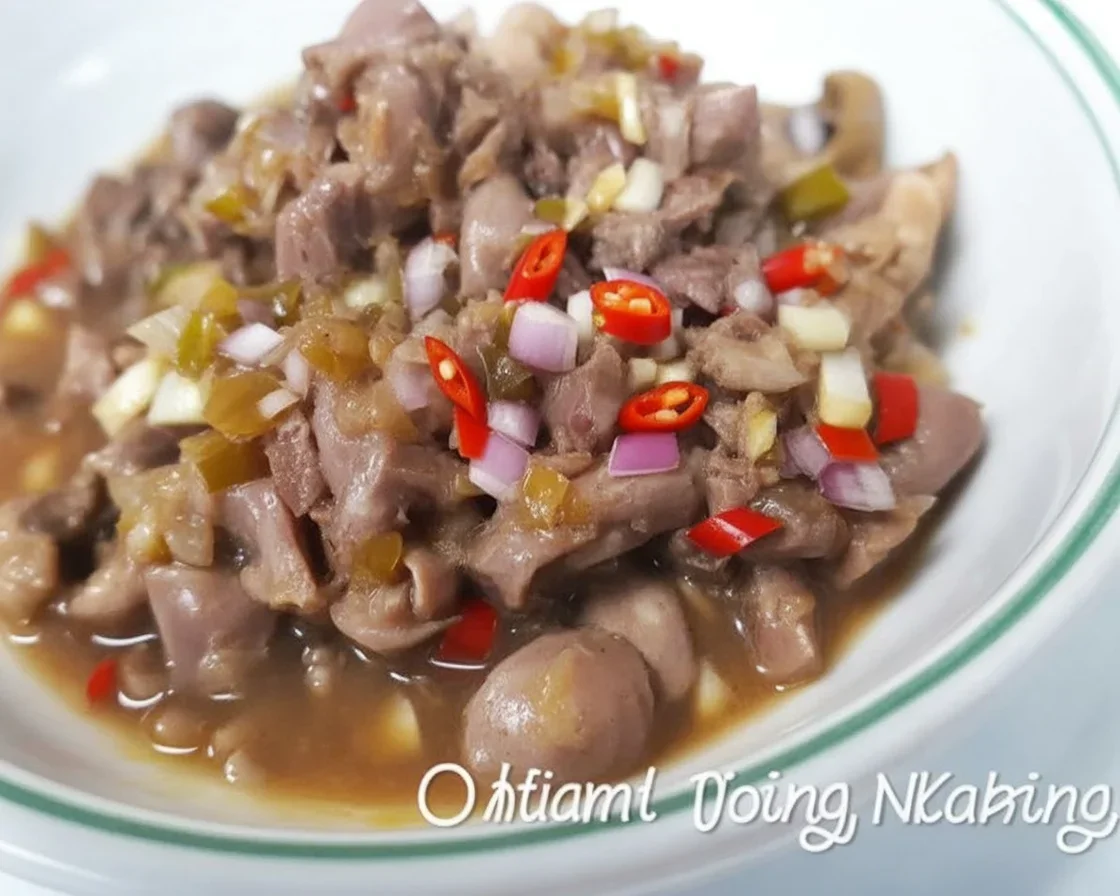- Overview of kilawing kambing
- Preparing goat meat
- Making vinegar marinade
- Mixing with spices
- Serving
- Safety tips
- Cultural notes
- Common Questions
- Ready to Wow Your Taste Buds?
Filipino kilawing kambing is one of those dishes you may not crave every day, but trust me, when you do, nothing else hits the spot. Ever found yourself at a family party, eyeing the “pulutan” table, looking for something both bold and, uh, a little bit adventurous? That’s where this goat meat kilawin comes in clutch. I get it—prepping goat isn’t as simple as, say, tossing together a quick Filipino beef steak, but hang in there, it’s worth it! If Filipino flavors make you happy (like, if you love adobo in all its forms), this dish gives a real punch and some unforgettable stories.
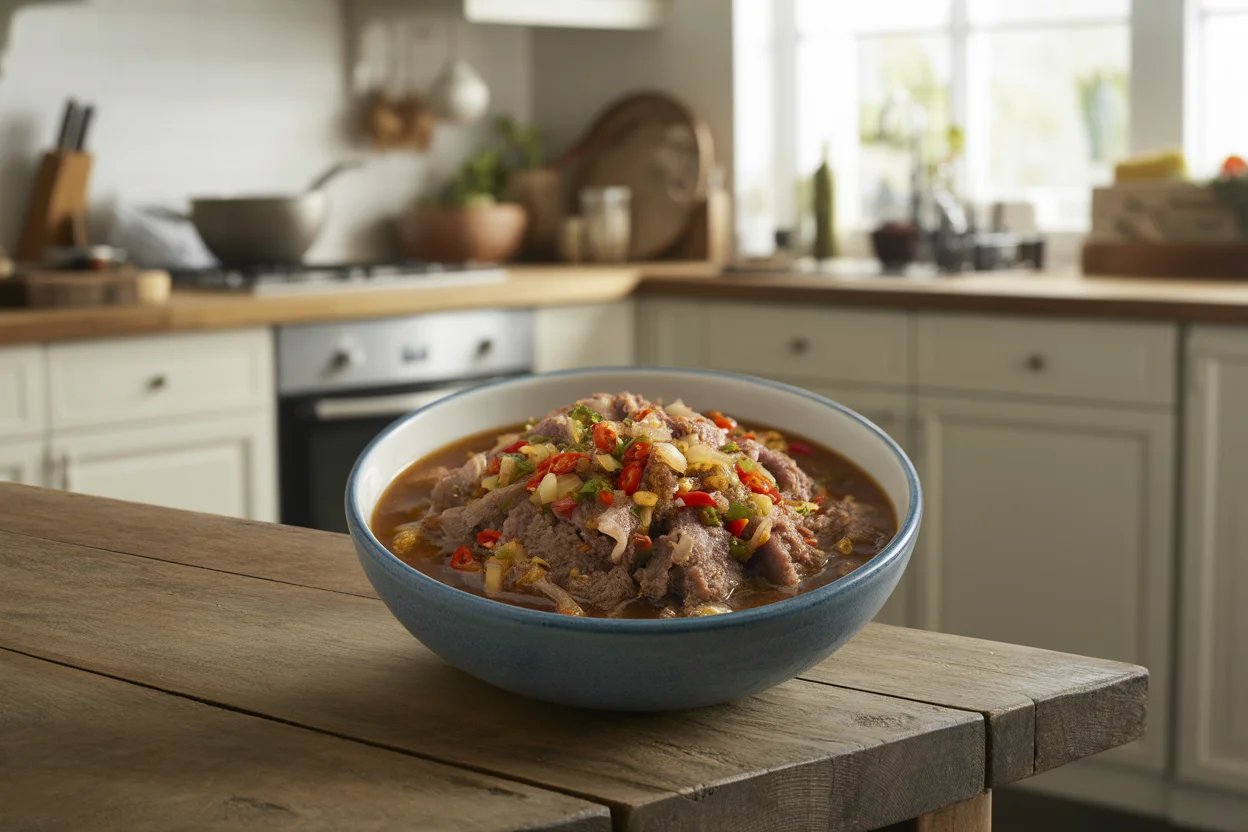
Overview of kilawing kambing
So, what exactly is kilawing kambing? Honestly, explaining it to someone who hasn’t tasted it is a little tricky—mostly because it’s gotta be tasted to be believed.
In a nutshell, kilawing kambing is a type of Filipino kilawin, which is almost like a cousin to ceviche, but, uh, with goat meat instead of seafood. The goat meat gets soaked in vinegar (or calamansi juice) and then jazzed up with onions, ginger, chili, and black pepper. The marinade “cooks” the meat, giving it this crazy-good zing that’s sorta addicting.
Sure, it sounds like something only your adventurous tito would eat with a cold drink—yet once you try, wow, you’ll suddenly “get it.” It’s a fixture at big celebrations, and honestly, I’ve seen more than one person turn from skeptic to believer after their first bite. Just don’t expect kilawing kambing at the kids’ table… unless you’re raising daredevils. Anyway, that marinated zing, the wild texture, and the big, bright flavors make it super memorable.
I never thought I’d enjoy goat, but kilawing kambing made me a believer! The tangy kick and those onions—can’t say no now. — Mark, Cebu
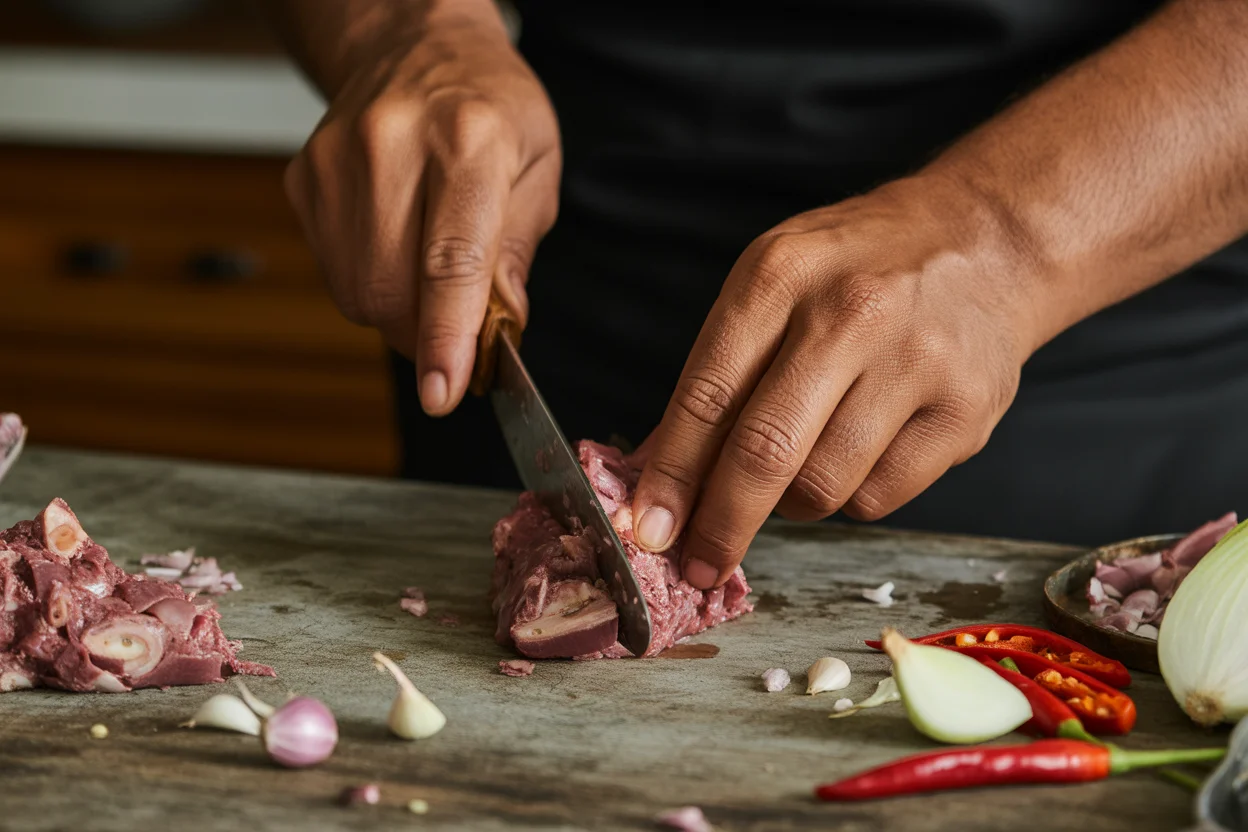
Preparing goat meat
First things first, let’s talk about prepping that goat. I’ll be brutally honest: if you start with sketchy meat, even a five-star restaurant couldn’t save this dish.
If you can, pick goat meat that’s on the younger side. (Old goat can get rubbery—no fun.) The trick is to clean it well. Rinse it, scrub with salt, and maybe give it a quick pass through boiling water. Some folks even rub their goat with ginger before marinating to zap that gamey smell. I do this—my aunties swear by it.
After that, it’s all about slicing. Thin strips, not cubes. You want the vinegar to do its magic quickly. Oh, and some brave souls use the skin, too (burn off the hair outside with a flame—wild, right?). All in all, if you don’t rush the cleaning part, even beginners can pull this off. Freshness fixes everything. If in doubt, rewash.
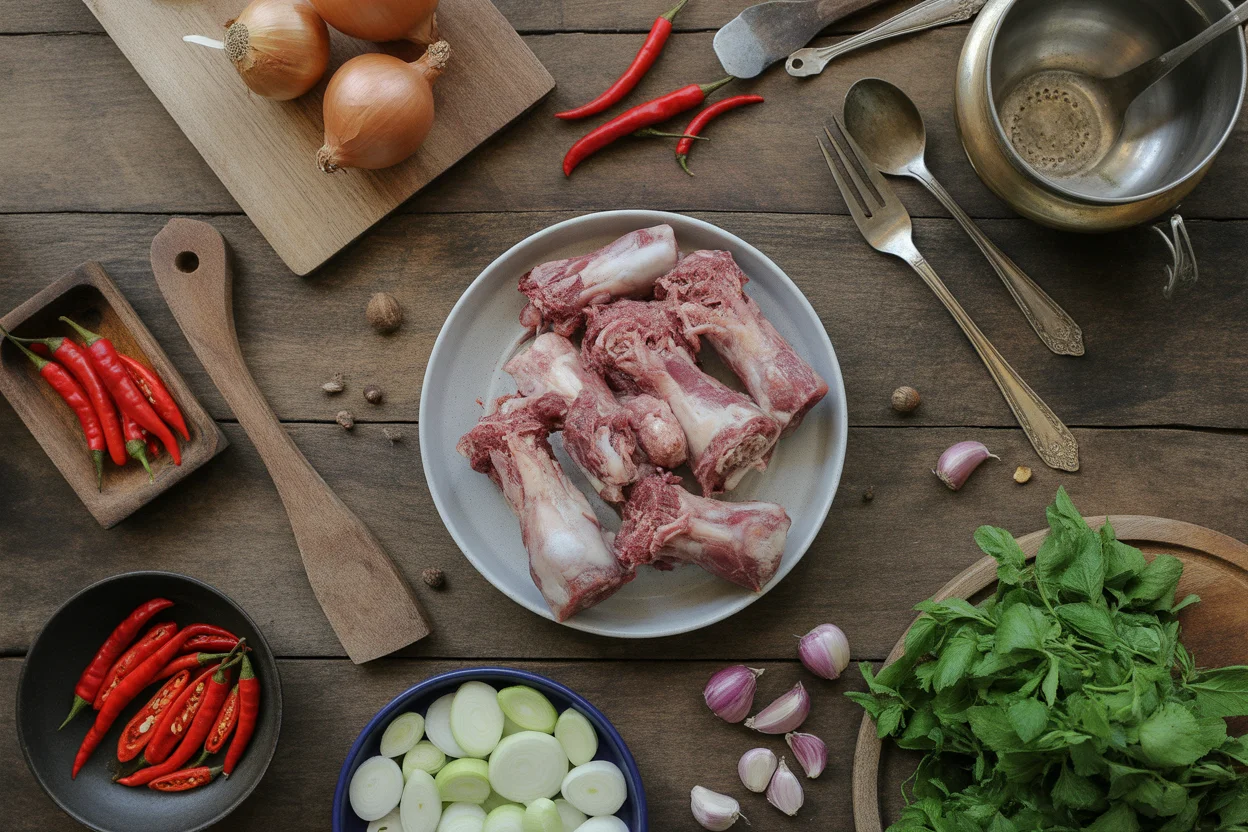
Making vinegar marinade
To be honest, the marinade is really the beating heart of kilawing kambing. If you botch this, the rest just flops.
For most versions, good Filipino cane vinegar is the classic—strong enough to “cook” the thinly sliced meat. I toss the raw meat in vinegar (with sliced ginger, if you want some extra zip) and let it soak maybe 20 to 30 minutes. Some will say longer, but taste as you go. The smell will tell you.
While waiting, I usually grab some red onions, chilies, and even calamansi if I have them. Salt and pepper, obviously. Pro tip: drain the first batch of vinegar; sometimes people say that first “wash” picks up too much funk. Add fresh vinegar and repeat. It may sound fussy, but it honestly makes a world of difference.
Mixing with spices
Once the goat’s soaking nicely and the gamey smell chills out, now comes the fun part—everything else. Toss in sliced onions, the spicier the better (I throw green chili in for fiery fun), and lots of ginger. Minced garlic, sometimes—depends who I’m cooking for.
Back in the day, my grandma would toss in “pipino” (cucumber!), but I skip that when I’m in a rush. Salt to taste, a sprinkle of black pepper, maybe a shot of calamansi (for zing). Oh, and sometimes a dash of soy sauce for, you know, extra “umami.”
Don’t stress about using fancy knives or whatever—just make sure it’s all mixed up well, and every slice gets coated. Some folks swear the flavor best develops after a quick rest in the fridge for 10 minutes. For me, I can barely wait.
Serving
Ok, so you’ve made your kilawing kambing… now what? Party time, basically. I like serving it right away, especially while still bright and tangy. If there’s beer, even better.
- Best as pulutan (bar food), but honestly, it’s fantastic with hot garlic fried rice and eggs for breakfast (don’t judge).
- Pair with a classic side like salted eggs, tomatoes, or even plain white rice. Nobody complains.
- If you want to impress, garnish with extra sliced chilies and scallions on top. People love that “wow” moment.
My tip: always serve kilawing kambing cold. Somehow, that chilling process just smooths the flavors and makes it irresistible.
Safety tips
Alright, we gotta have a quick “public service” chat. Eating anything like kilawing kambing means you should really pay attention to fresh meat and clean hands (no shortcuts here).
First, always use clean utensils—never ever mix raw meat tools with the final serving dish. If you want the full-on authentic dish, let the vinegar do its job, but don’t skip the parboiling or quick “blanch” if you’re not sure about your goat source. Undercooked goat is not your friend, especially if you don’t know the butcher.
Oh, by the way: people with sensitive stomachs should maybe take just a little portion the first time. It’s rare, but better safe than sorry. That said, I’ve served kilawing kambing to dozens of friends and we’ve all lived to tell the tale!
Cultural notes
People always ask me: “Why goat?” It’s partly tradition, partly a fun challenge, and also (let’s be real) it goes perfectly with a cold drink and lively company.
In the Philippines, kilawing kambing is a must-have at fiestas and town celebrations—it just shows off the chef’s kitchen courage and skill. Some folks argue about what makes the best version. Luzon does it one way, Visayas another, and Mindanao always adds their own twist (don’t get me started).
It’s a dish that travels—recipes handed down, whispered secrets about “the best vinegar,” and debates about whether to add cucumber or leave it pure. In my family, preparing goat meat for kilawing kambing is a social event—every uncle, cousin, or neighbor wants to give advice (and taste test).
The point is, you share kilawing kambing with people you love, or at least with folks willing to try something new and lively. If you want to dig deeper into Filipino culture, try exploring more healthy Filipino recipes or even experiment with regional takes.
Common Questions
Is raw goat meat safe to eat?
Generally, soaking in vinegar helps, but if you’re nervous, give the meat a quick boil first. Always start with fresh, cleaned goat.
What’s the best kind of vinegar to use?
Filipino cane vinegar is best, but plain white works if you’re desperate. Apple cider vinegar? Ehh, it’ll do, but it’ll taste different.
Can I make kilawing kambing ahead of time?
You can chill it for an hour before serving, but I wouldn’t leave it overnight. Too long in acid and the meat texture gets funky.
What if I can’t find goat meat?
Honestly, this dish is for goat lovers. But you can try something similar with beef or even fish—each will have a different personality though.
Why does my kilawing kambing taste bitter?
Could be over-marinated, or maybe your goat was, um, a little too mature. Try soaking in fresh vinegar and using younger meat next time.
Ready to Wow Your Taste Buds?
To sum up: kilawing kambing takes a bit of courage, a pinch of patience, and (let’s be real) a decent butcher. With a little extra care cleaning the meat, a zippy vinegar marinade, and heaps of onions and spice, you get a dish that’ll spark conversation every time. For more authentic details, you can check out the entry on Kilawin, or browse handy how-tos at Panlasang Pinoy and even some creative twists on Pinterest. Give it a shot—your next party (or even just a bold lunch) might go from “meh” to legendary.
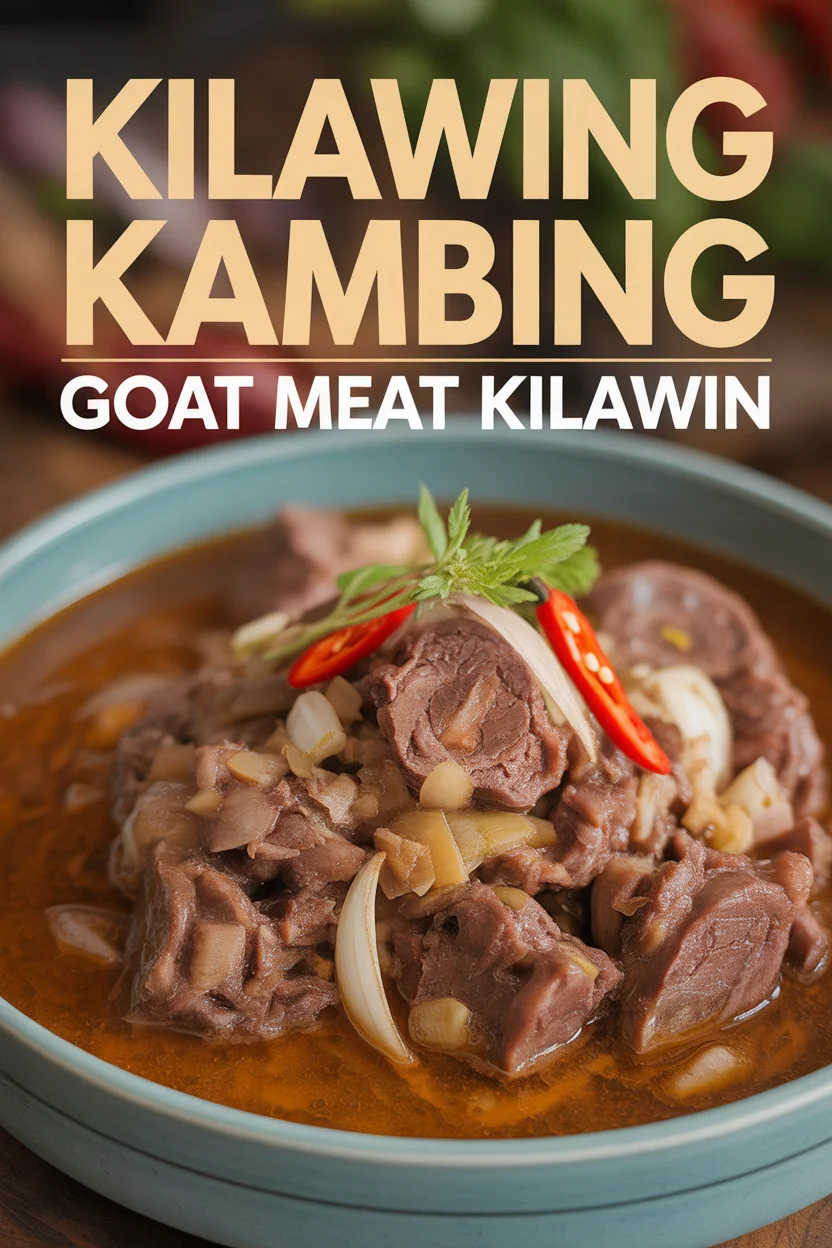
Kilawing Kambing
Ingredients
Goat Meat Preparation
- 1 kg fresh goat meat Choose younger goat for tenderness.
Vinegar Marinade
- 1 cup Filipino cane vinegar Drain and refresh vinegar for best results.
- 3 slices ginger For marinating the meat.
Spices and Garnish
- 2 medium red onions Sliced.
- 2 pieces green chilies Sliced for added spice.
- 2 cloves garlic Minced, optional.
- to taste salt For seasoning.
- to taste black pepper For seasoning.
- 1 tbsp calamansi juice For an extra zing.
Instructions
Preparation
- Clean the goat meat thoroughly by rinsing it and scrubbing it with salt. Optionally, give it a quick pass through boiling water.
- Slice the goat meat into thin strips.
Making Marinade
- In a bowl, toss the sliced goat meat with the vinegar and ginger.
- Let it marinate for 20 to 30 minutes.
- Drain the first batch of vinegar to remove funk, and refresh with more vinegar if necessary.
Mixing Ingredients
- Add the sliced onions, green chilies, minced garlic, and seasoning to the marinated meat.
- Mix everything well and let it rest for about 10 minutes in the fridge.
Serving
- Serve kilawing kambing immediately, cold, garnished with extra chilies and scallions.
